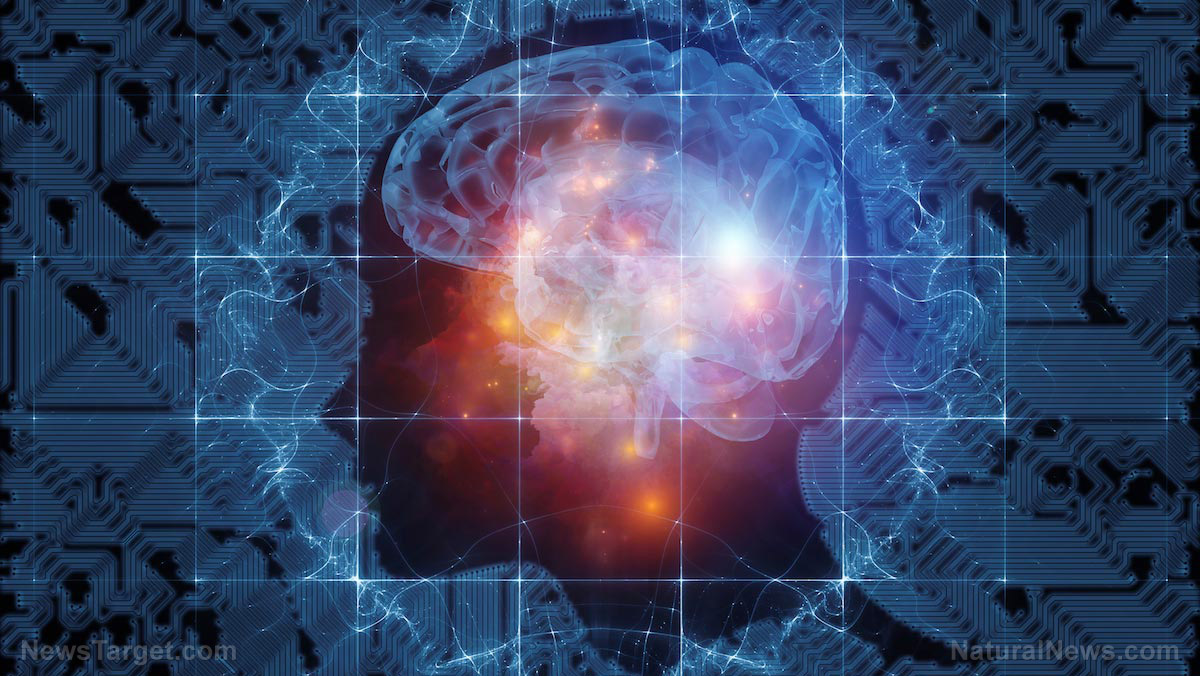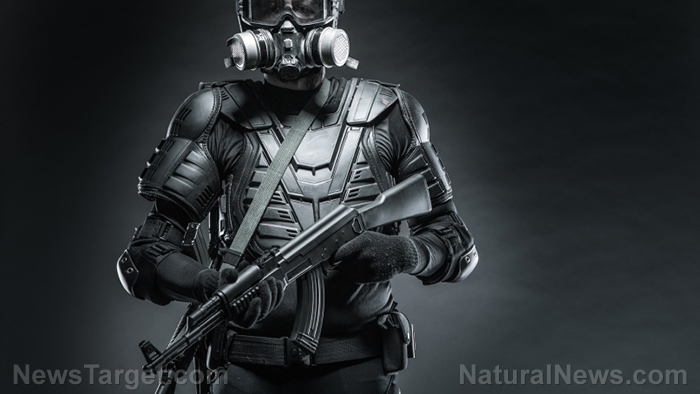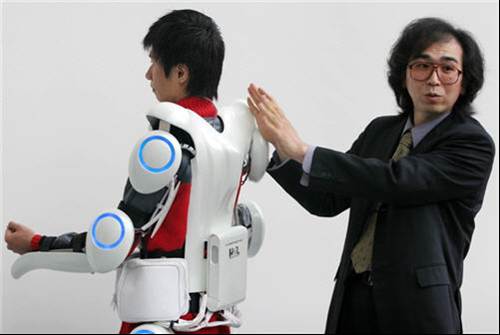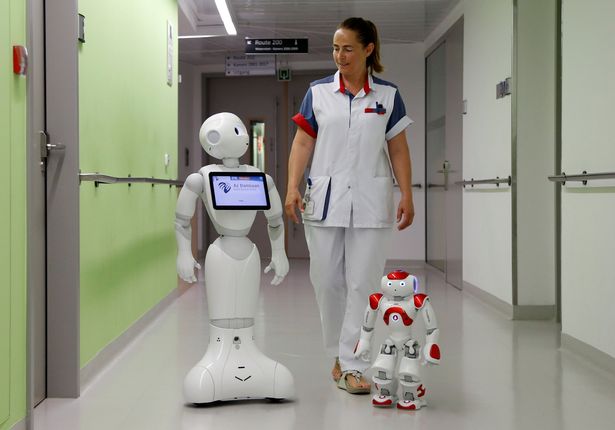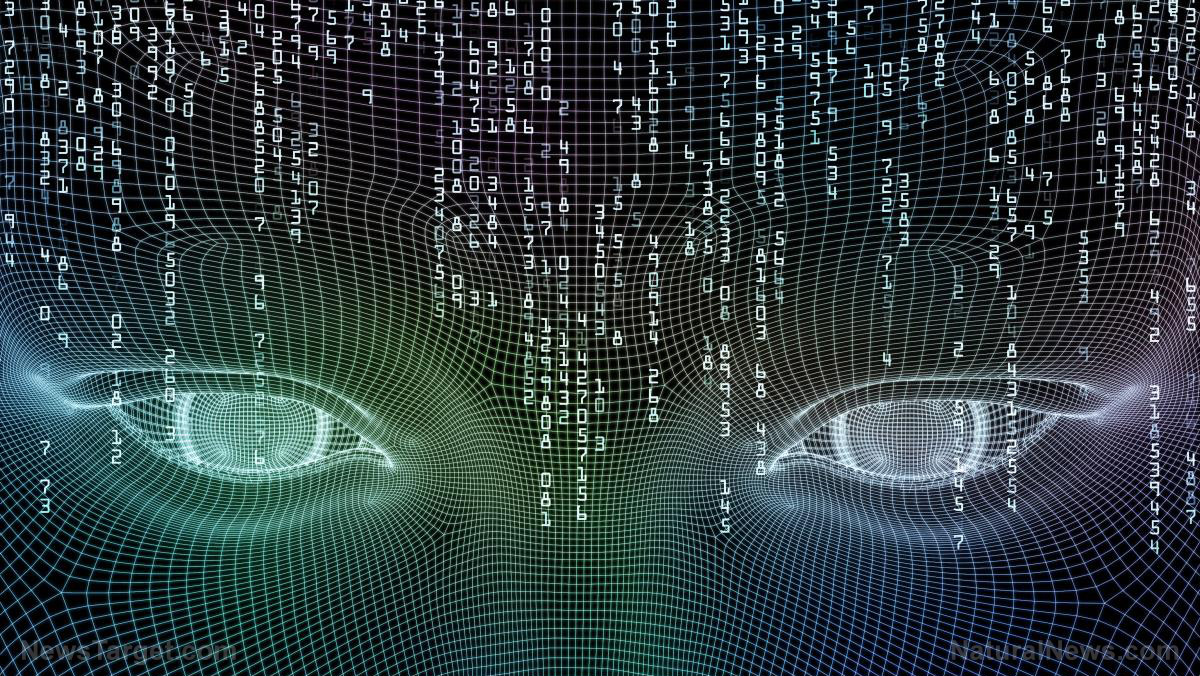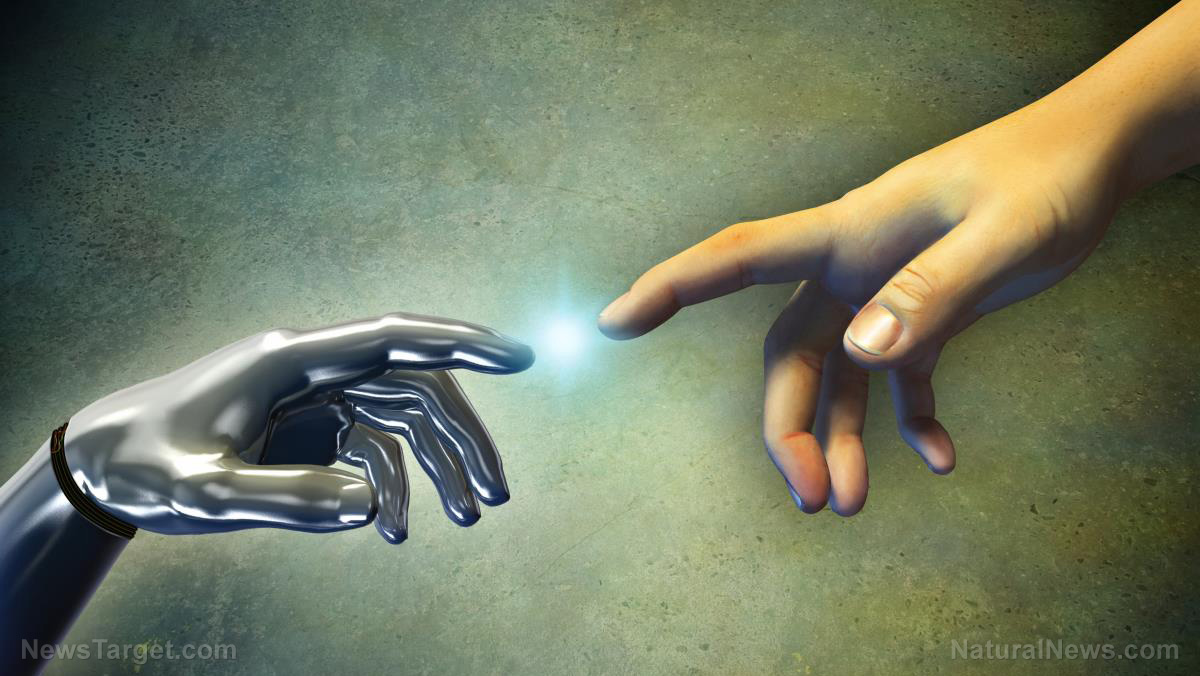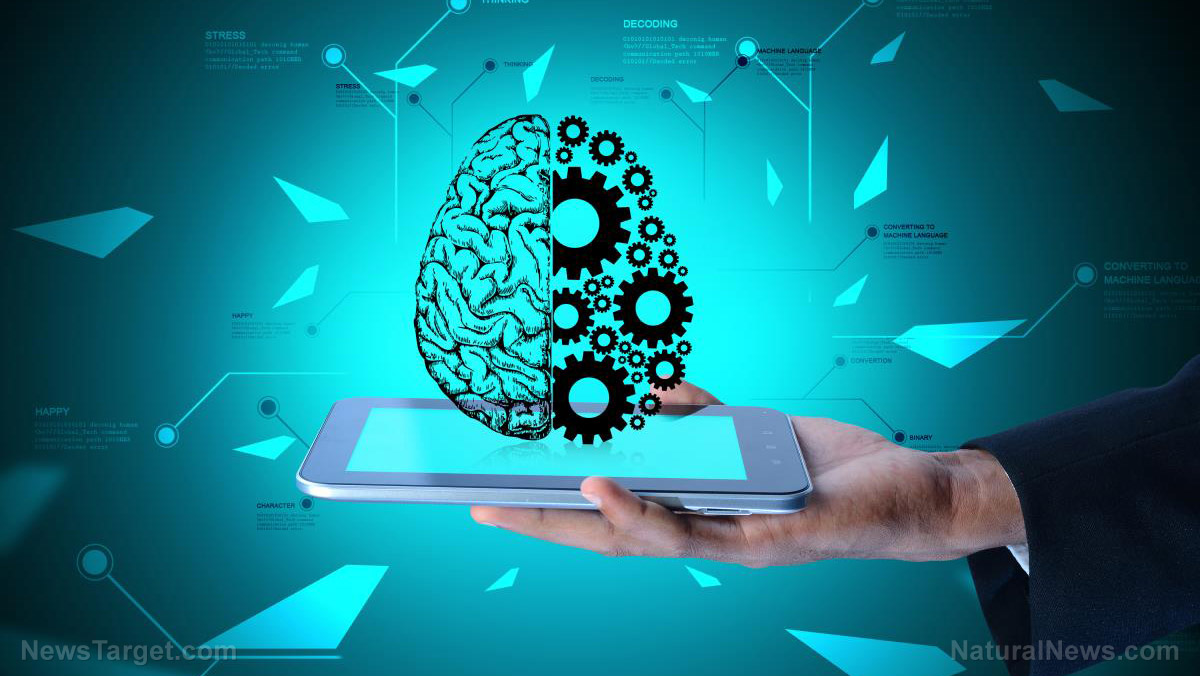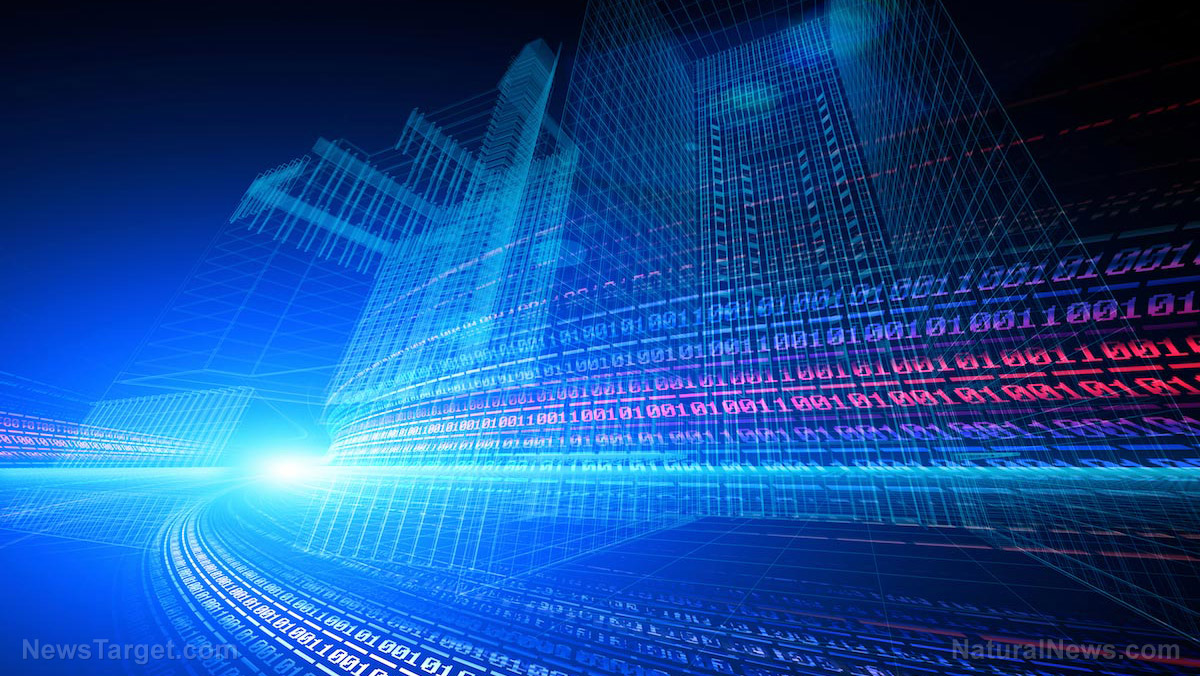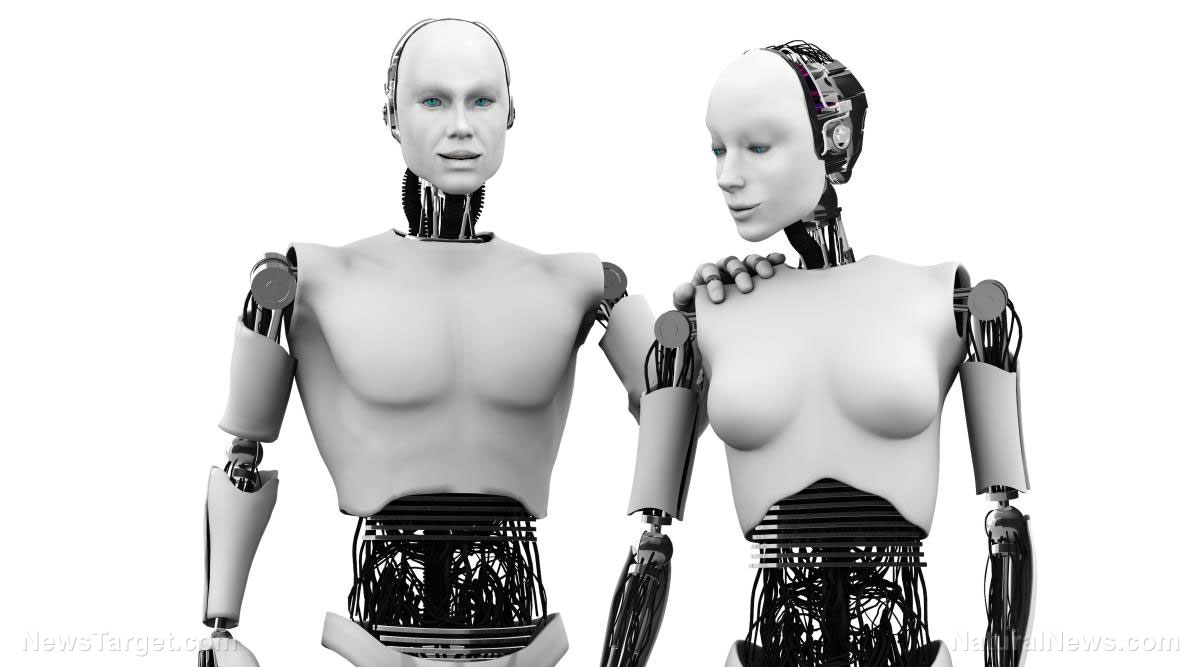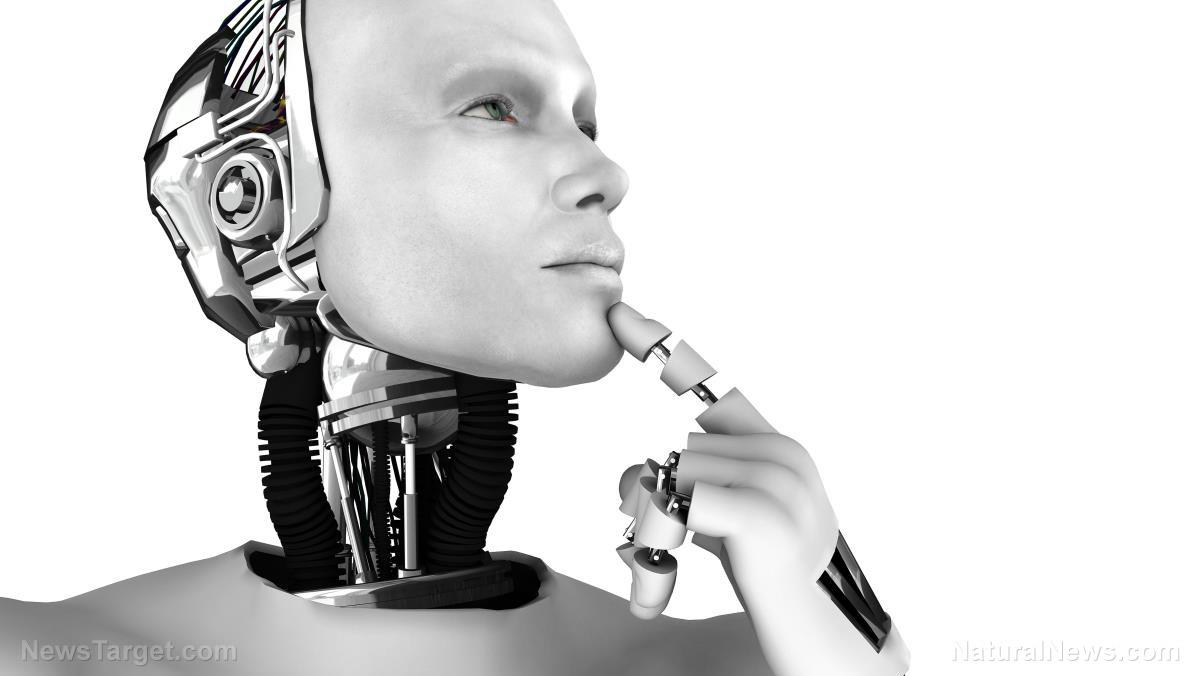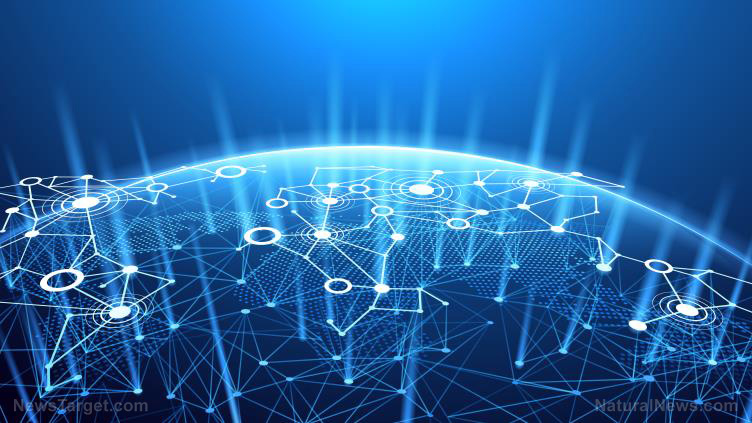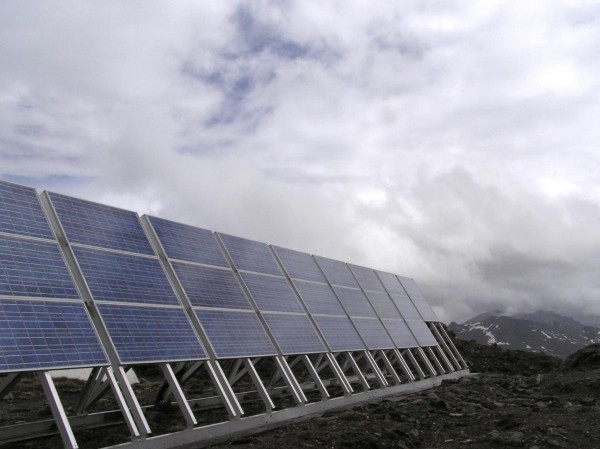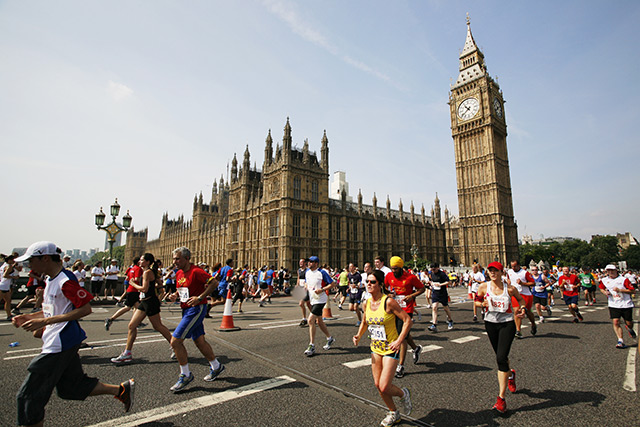Wearable technology may be able to detect sickness before symptoms appear
11/21/2018 / By D. Samuelson
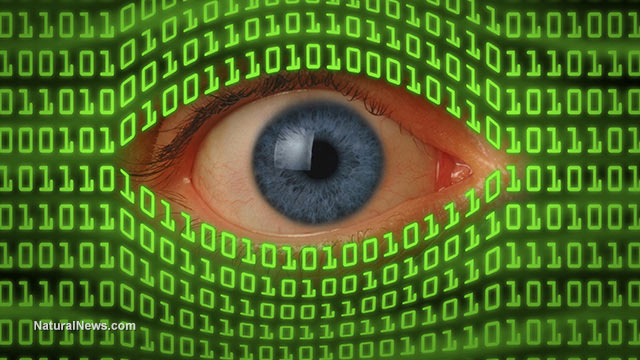
The National Institute of Biomedical Imaging and Bioengineering (NIBIB) has completed a limited study on “wearable biosensors, similar to the Apple Watch or Fitbit.” The NIBIB biosensors tracked respiration, heartbeat, and temperature measurements just like the popular personal fitness devices, but the more powerful NIBIB sensors also had the capacity to record a male participant’s “level of activity, radiation exposure, levels of oxygen-bound hemoglobin in his blood, and recorded more than 250,000 measurements each day.” It’s important to note that the radiation exposure measured by NIBIB biosensors was from exposure the participant received from riding in an airplane. It’s telling that the study did not include any science based research for radiation from smart meters, microwave towers or cell phones.
Of particular interest are results from the study that seem to indicate that the biosensor measurements can detect the early onset of an illness, before the symptoms fully develop. One person they monitored for two years experienced four different time periods where his skin temperature and heart rate seemed much higher than normal. During these times, this test subject was also complaining of congestion. Eventually, he was diagnosed with Lyme disease. Grace Peng, Ph.D., and the Director of NIBIB said she believed the “wearable was able to predict Lyme disease before the patient had any symptoms.”
Another participant was experiencing spiking heart rates, so the researchers created an algorithm that would designate a normal heart pattern that might serve as reference. Other patients were flagged for diabetes due to “physiological signals, like [a] high daytime heart rate that correlated with insulin resistance.” Jesslyn Dunn, a Ph.D. from Stanford University and one of the authors of the study, suggested that the 24/7 monitoring gives a better picture of what the health conditions really are, because people may only “go into the doctor once a year.” There was no data given concerning future scenarios of a biosensor wearing patient with a physician who is monitoring the output. Can the doctor who sees something amiss “demand” the patient make an appointment? What about the consequences of not following through with the doctor’s request?
The NIBIB is a division of the National Institutes of Health (NIH). It was established by former President Bill Clinton in 2000 and was one of the primary participants in getting all U.S. medical records digitized. The NIBIB utilizes highly sophisticated and powerful equipment, such as a “camera that can acquire images at 100 billion frames per second,” to study the biological properties of disease and the human body. There’s no mention that nutrition is involved in any of their research criteria.
The NIBIB is very optimistic about the prognosis for wearable tech and biosensors in predicting disease. It’s the same kind of fervor demonstrated by Regina Dugan, the former head of DARPA who relocated to Google and, most recently, to Facebook in her trans-human search to merge man and machine. Dugan truly believes that humans of all ages and stripes, especially rebellious teenagers, must learn to navigate the new world order of authentication, where we all just plug in and have magical powers.
Who needs a mother’s intuition or an internal sense that something may be awry in your own physical body when all that self awareness becomes “old hat” due to wearable technology? One wonders when retina scans will become part and parcel of the diagnostic process. At that point, we’ll all be organ donors, won’t we?
Sources:
Tagged Under: biosensors, disease prediction, future science, future tech, National Institute of Bioimaging and Bioengineering, Regina Dugan, science and technology, wearable technology

